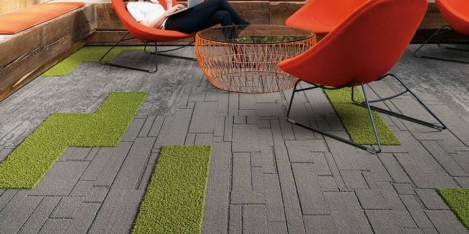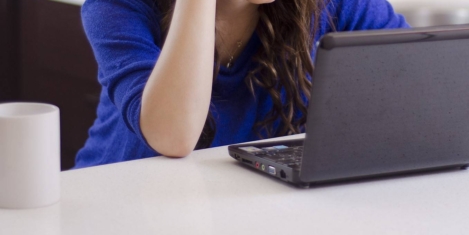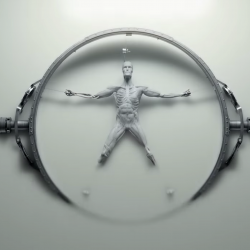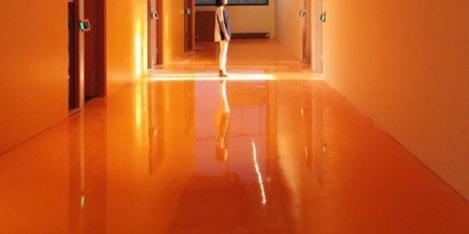July 10, 2017
Three quarters of managers are happy to allow staff to work flexibly to watch Wimbledon matches 0
 According to a survey from the Institute of Leadership & Management a majority of workplaces are dealing with the summer of sport, by using flexible working to accommodate people’s enthusiasms. Based on a small sample size of around 200 organisations, three quarters (75 percent) of managers would allow staff to watch or listen to sporting events in the office. Staff wellbeing (28 percent) and lower absences (25 percent) are seen by managers as the two biggest benefits in allowing staff to watch or listen to sporting events in the office, according to the study. 78 percent said holiday clashes leaving too many employees off was the hardest aspect of managing staff over summer. The survey claims that 45 percent of managers see sporting events as a tool to boost staff morale. ‘Dress down Fridays’, flexible working hours and picnics were other popular methods. The study also found that managers believed allowing sport to be watched in the office means less absence due to sickness.
According to a survey from the Institute of Leadership & Management a majority of workplaces are dealing with the summer of sport, by using flexible working to accommodate people’s enthusiasms. Based on a small sample size of around 200 organisations, three quarters (75 percent) of managers would allow staff to watch or listen to sporting events in the office. Staff wellbeing (28 percent) and lower absences (25 percent) are seen by managers as the two biggest benefits in allowing staff to watch or listen to sporting events in the office, according to the study. 78 percent said holiday clashes leaving too many employees off was the hardest aspect of managing staff over summer. The survey claims that 45 percent of managers see sporting events as a tool to boost staff morale. ‘Dress down Fridays’, flexible working hours and picnics were other popular methods. The study also found that managers believed allowing sport to be watched in the office means less absence due to sickness.
















 Nearly three quarters (70 percent) of employers say it’s healthy for employees to have someone to confide in at work, according to new research, but it claims, 1 in 4 employees would consider leaving the company if their friend left. The totaljobs research which featured responses from over 4,000 employees and 103 employers on the latest trends in workplace relationships and office politics found that two thirds (65 percent) of UK workers are finding ‘work spouses’ in the office – that one person who they are very close. Although over half of employers (56 percent) say strong work friendships increase productivity and 60 percent of work spouses say their relationship means ‘they look forward to going into work’, which can help improve staff retention, 1 in 4 (23 percent) say if their friend left, they would consider leaving themselves. Nearly one in 10 (7 percent) go as far as to say that their work spouse leaving the company would be ‘like a bereavement’.
Nearly three quarters (70 percent) of employers say it’s healthy for employees to have someone to confide in at work, according to new research, but it claims, 1 in 4 employees would consider leaving the company if their friend left. The totaljobs research which featured responses from over 4,000 employees and 103 employers on the latest trends in workplace relationships and office politics found that two thirds (65 percent) of UK workers are finding ‘work spouses’ in the office – that one person who they are very close. Although over half of employers (56 percent) say strong work friendships increase productivity and 60 percent of work spouses say their relationship means ‘they look forward to going into work’, which can help improve staff retention, 1 in 4 (23 percent) say if their friend left, they would consider leaving themselves. Nearly one in 10 (7 percent) go as far as to say that their work spouse leaving the company would be ‘like a bereavement’.
















June 29, 2017
The onus is on employers to create working conditions that attract people 0
by Graham White • Comment, Facilities management, Wellbeing
(more…)